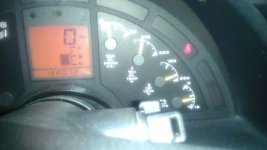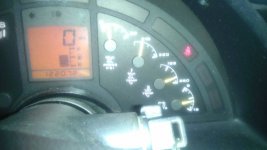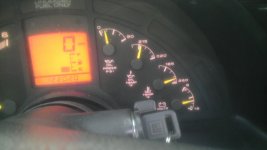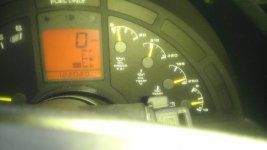SnakeDr
Well-known member
I had corrected some issue with my car, went through inspection and everything was okay.
Then about 500 mile, later. I fixed the electron dashboard HVAC module, removing it from the dash, dismantling it and cleaning the buttons with alcohol. Had the system recharged and it works good.
While going through the Lincoln Tunnel, the service engine soon light started turning on and then off. It was pretty hot that day and the car appeared to be running hotter than normal. I thought initially it was being tripped by the A/C and kept it off.
Today was my first chance to look at it. It appears the light comes on when the cooling fans turns on, and when the fan turns off then then the light turns off. This happens consistently with the A/C is off. I tried pulling codes and I see the following:
the number four flashes: the 43 and then 68 and then --- I believe. On my previous thread I thought this was all corrected. Not sure if these are old codes.
Both fans appear to be running. It will turn on and off while with light in sync. Happens while it idols and cruising.
Please help!!!
Then about 500 mile, later. I fixed the electron dashboard HVAC module, removing it from the dash, dismantling it and cleaning the buttons with alcohol. Had the system recharged and it works good.
While going through the Lincoln Tunnel, the service engine soon light started turning on and then off. It was pretty hot that day and the car appeared to be running hotter than normal. I thought initially it was being tripped by the A/C and kept it off.
Today was my first chance to look at it. It appears the light comes on when the cooling fans turns on, and when the fan turns off then then the light turns off. This happens consistently with the A/C is off. I tried pulling codes and I see the following:
the number four flashes: the 43 and then 68 and then --- I believe. On my previous thread I thought this was all corrected. Not sure if these are old codes.
Both fans appear to be running. It will turn on and off while with light in sync. Happens while it idols and cruising.
Please help!!!










